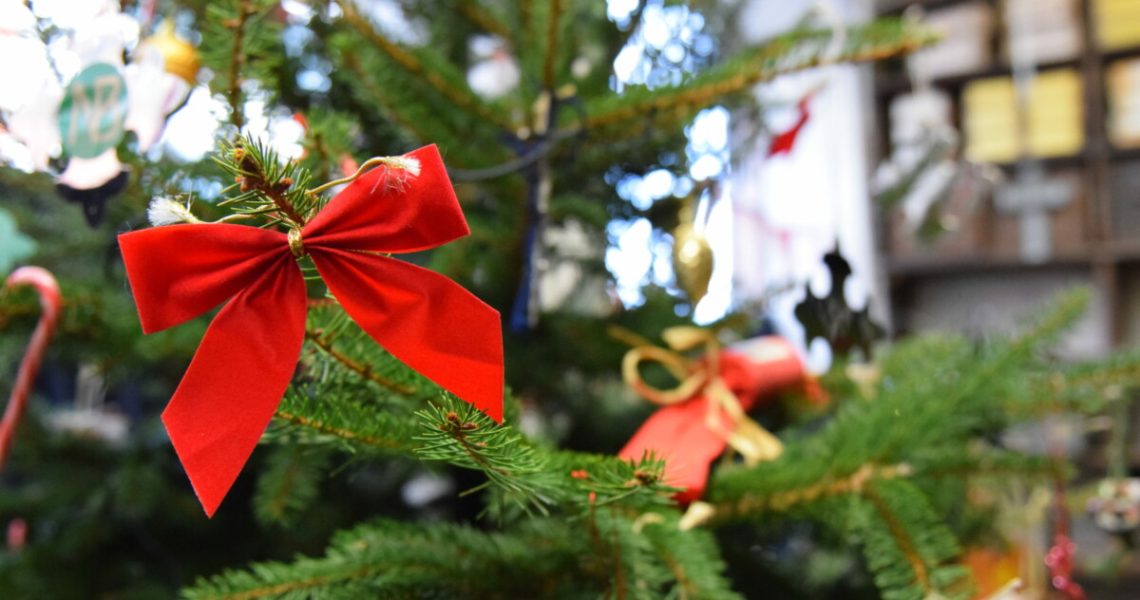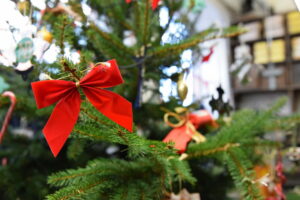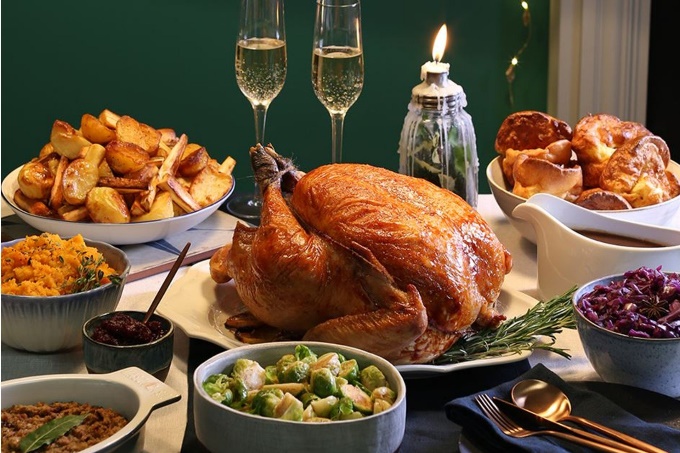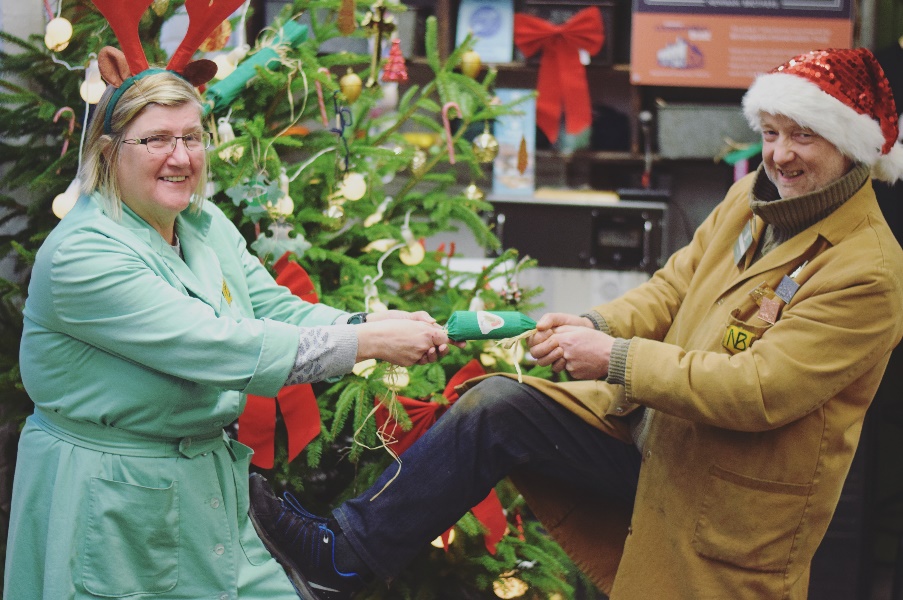 As we all eagerly await the Christmas season and some much needed family time after a completely strange and unprecedented year have you ever thought about where our Christmas traditions come from? Who started hanging baubles on trees? Who sent the first Christmas card? Why we bring in trees, ivy and holly into our houses at this time of year? And why do we eat turkey for our dinner on the 25th?
As we all eagerly await the Christmas season and some much needed family time after a completely strange and unprecedented year have you ever thought about where our Christmas traditions come from? Who started hanging baubles on trees? Who sent the first Christmas card? Why we bring in trees, ivy and holly into our houses at this time of year? And why do we eat turkey for our dinner on the 25th?
Let’s start with the most iconic image of Christmas; the Christmas tree.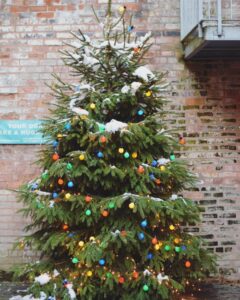
Whether you buy a real one from a Christmas tree farm or you have one stored in the loft which comes out every year we love our trees and decorating them with lights, baubles and a fairy on the top. The origins of the Christmas tree probably evolved from a combination of German tree-worship and the pagan winter festivals, when evergreens were bought indoors to symbolise the continuation of life and growth.
The pagan Germans had worshipped trees – especially Oak trees – and in winter they hung colourful decorations on the bare branches to encourage the tree spirits to return and produce fresh leaves. When Christianity was introduced they were anxious not to upset the tree spirits by abandoning them. The fir tree was put forward as a suitable alternative, since its triangular shape suggested the Holy Trinity. The converted Germans were happy with this compromise and the decorated fir tree became a popular Yuletide custom, dating back to the eighth and ninth centuries.
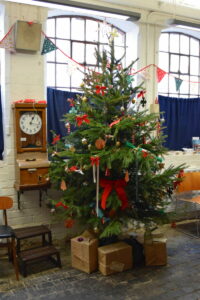 Prince Albert is often thought to have introduced the Christmas Tree to Britain, in fact the prince consort only popularised the custom in his adopted country. The decorated tree had been a feature at the royal court as early as 1800, when Queen Charlotte entertained local children at Windsor. To their delight they found a yew tree set in an enormous tub in the middle of the room, alight with tiny wax candles. From its branches hung bunches of sweetmeats, almonds and raisins, all prettily wrapped in paper, with attractive fruits and small toys.
Prince Albert is often thought to have introduced the Christmas Tree to Britain, in fact the prince consort only popularised the custom in his adopted country. The decorated tree had been a feature at the royal court as early as 1800, when Queen Charlotte entertained local children at Windsor. To their delight they found a yew tree set in an enormous tub in the middle of the room, alight with tiny wax candles. From its branches hung bunches of sweetmeats, almonds and raisins, all prettily wrapped in paper, with attractive fruits and small toys.
Nowadays we adorn our trees with fairy lights that have replaced the candles (wealthy households would have a servant on standby to prevent an inferno). In the United States, in the 1880s, little electric ‘fairy lights’ were produced especially for Christmas and offered a safe alternative to candles, although only for well to do homes that were wired for electricity.
Glass baubles are also standard on a tree now and come in an array of colours and designs. Paper thin glass baubles were introduced in the 1870’s. In Bohemia where baubles originated, they were used by the superstitious to ward off the ‘evil eye’.
Today, giving presents to one another forms a central part of Christmas day, with many families dedicating a lot of time to the custom. For children, and some adults too, the chance of getting presents is often the highlight of the festive season.
To Christians, the gifts given at Christmas are symbolic of the tributes made to the baby Jesus by the Three Wise Men after his birth during the story of the Nativity. The Bible’s New Testament describes the Three Magi — Melchior, Caspar, and Balthazar — journeying to the location of Jesus’s birth by following a star, and upon their arrival, presenting him with gifts of gold, frankincense, and myrrh.
However, the tradition of gift giving extended long before, with roots in the festivals of the ancient Romans — in particular the festival of Saturnalia. The festivities took place from the 17th to the 23rd of December, and were celebrated with a sacrifice and a public banquet, followed by private gift-giving, continued partying, and a wild atmosphere where social standings were done away with.
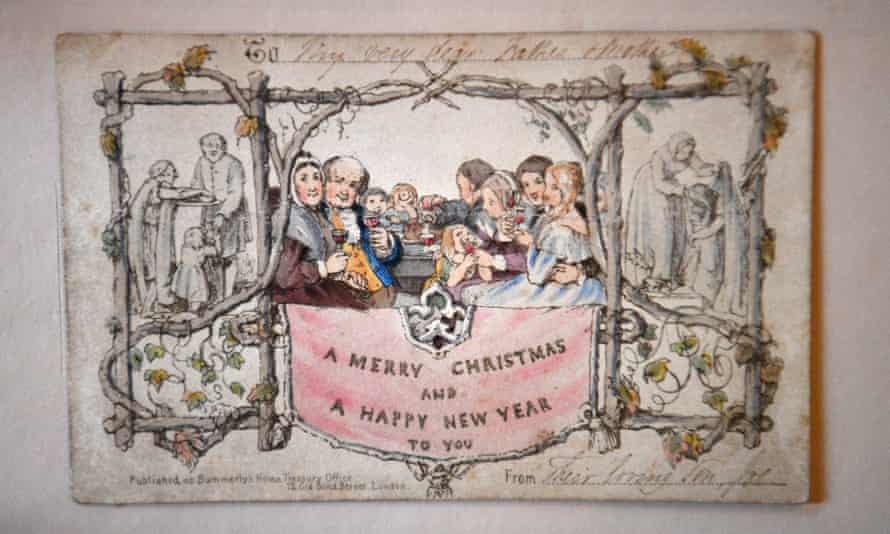 Another major tradition which has turned into a massive industry is the humble Christmas card. The original idea coincided with a cut price post and the development of the printing industry. Until 1840, it was quite expensive to send a letter, only matters of relative importance were sent by mail coach. But in 1840 Rowland Hill introduced the penny post, making it possible for people to communicate with each other at a reasonable price.
Another major tradition which has turned into a massive industry is the humble Christmas card. The original idea coincided with a cut price post and the development of the printing industry. Until 1840, it was quite expensive to send a letter, only matters of relative importance were sent by mail coach. But in 1840 Rowland Hill introduced the penny post, making it possible for people to communicate with each other at a reasonable price.
In 1843 an imaginative civil servant, Sir Henry Cole, asked an artist John Callcott Horsley, to design a Christmas greeting card. About a thousand copies were produced, selling at a shilling. Most of the earlier cards were totally inappropriate for the occasion showing naked children and winged nymphs enjoying nature, slowly Dickens cosy image, coupled with the Victorians enthusiasm for the language of flowers took over.
What do you eat for your Christmas dinner?
Although available, turkeys only started to became popular towards the end of the eighteenth century. The bird originally arrived in England in the mid sixteenth century when a swan had been considered the ultimate bird for a feast. Although still expensive, the turkey became more generally available in the nineteenth century. This is seen in Charles Dickens ‘A Christmas Carol’. Scrooge dreams that he sees Bob Cratchit’s family making the most of a small goose for their Christmas dinner, so when he has seen the error of his ways he sends a boy to buy a prize turkey for the family. It was not until the end of Victoria’s reign that the roast turkey dinner with all the trimmings was established.
And what about pudding?
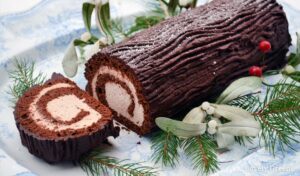 The custom of burning the Yule Log goes back to, and before, medieval times. It was originally a Nordic tradition. Yule is the name of the old Winter Solstice festivals in Scandinavia and other parts of northern Europe, such as Germany
The custom of burning the Yule Log goes back to, and before, medieval times. It was originally a Nordic tradition. Yule is the name of the old Winter Solstice festivals in Scandinavia and other parts of northern Europe, such as Germany
The Yule Log was originally an entire tree, that was carefully chosen and brought into the house with great ceremony. The largest end of the log would be placed into the fire hearth while the rest of the tree stuck out into the room! The log would be lit from the remains of the previous year’s log which had been carefully stored away and slowly fed into the fire through the Twelve days of Christmas. It was considered important that the re-lighting process was carried out by someone with clean hands. Nowadays, of course, most people have central heating so it is very difficult to burn a tree! Now we enjoy a chocolate version of the log which is much enjoyed by children.
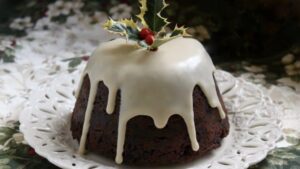 The Christmas pudding harks back to early puddings, which in medieval custom was made with 13 ingredients to represent Christ and the 12 apostles, every family member would stir the pudding from east to west to represent the journey made by the Magi. The Victorians popularised the cannonball of flour, fruits, suet, sugar and spices, all topped with holly. It was common practice to include small silver coins in the pudding mixture, which could be kept by the person whose serving included them. The usual choice was a silver threepence or a sixpence. The coin was believed to bring wealth in the coming year, and came from an earlier tradition, defunct by the twentieth century, wherein tokens were put in a cake.
The Christmas pudding harks back to early puddings, which in medieval custom was made with 13 ingredients to represent Christ and the 12 apostles, every family member would stir the pudding from east to west to represent the journey made by the Magi. The Victorians popularised the cannonball of flour, fruits, suet, sugar and spices, all topped with holly. It was common practice to include small silver coins in the pudding mixture, which could be kept by the person whose serving included them. The usual choice was a silver threepence or a sixpence. The coin was believed to bring wealth in the coming year, and came from an earlier tradition, defunct by the twentieth century, wherein tokens were put in a cake.
Decorating the house with greenery began long before Christianity began. For many pagan peoples the winter solstice marked the turn of the year, reminding them that spring was on its way. Evergreens were used for decoration, symbolising fertility as the days lengthened and the promise of fresh crops. The Victorian home was decked in greenery at Christmas time, holly, ivy and mistletoe artistically arranged over windows, doors, pictures and fireplaces.
The scarlet-berried holly was adopted by the early Christian church suggesting that the prickly leaves represented Christ’s crown of thorns, and the berries his drops of blood.
Ivy, when combined with holy, ensured fertility within the house and when it grew on the walls outside, it kept the occupants safe from witches.
In Victorian England, mistletoe was used as a symbol of everlasting love and was used as an excuse for an innocent kiss.
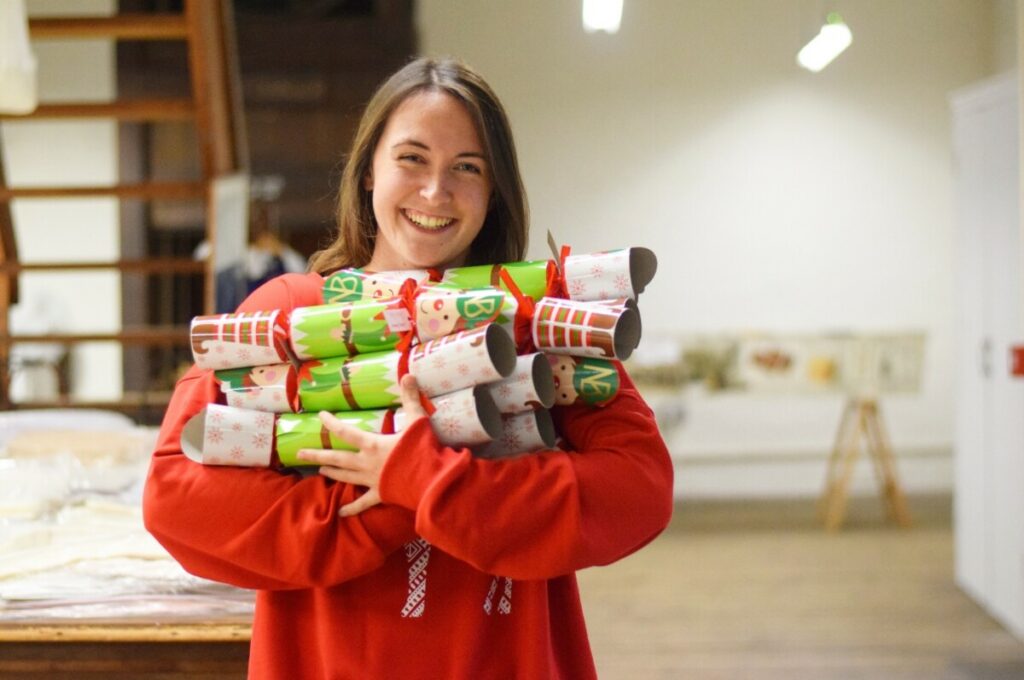 The Christmas cracker was invented by Tom Smith (1823 – 1869), a baker from the East End of London. Inspired by the French ‘bon bon’ (a sugared almond wrapped in paper). The ‘pop’ was supposed to represent the crackling fire. Smith patented his device in 1847. The success of the cracker led to a booming business, employing 2000 people by the 1890s. You can view illustrated Tom Smith catalogues at the V&A’s Archive of Art and Design, with designs going back to 1877!
The Christmas cracker was invented by Tom Smith (1823 – 1869), a baker from the East End of London. Inspired by the French ‘bon bon’ (a sugared almond wrapped in paper). The ‘pop’ was supposed to represent the crackling fire. Smith patented his device in 1847. The success of the cracker led to a booming business, employing 2000 people by the 1890s. You can view illustrated Tom Smith catalogues at the V&A’s Archive of Art and Design, with designs going back to 1877!
By Kate Garner
Merry Christmas from all of us at the Coffin Works!!

